

On the west side of the Piazza dei Signiori was the Palace that acted as the seat of the Duke of Crete and hosted the Congress and the Court. It was a large complex, which occupied the whole block, with buildings around a central courtyard. It was first mentioned in a document of 1269. The building was damaged by the earthquake of 1304. The restoration work was accomplished in phases that lasted until the middle of the 15th c. Additions in the courtyard were executed by Fr. Morosini in 1629-1630. The older abstract depiction of the building comes from the design of Chr. Buondelmonti of 1419 . Perspective depictions of the Palace were made by George Klontzas in 1590 and by Maneas Klontzas in the first half of the 17th c. After the fall of the city to the Ottomans the building was granted to the Chief of the Janissaries. It was abandoned after the dissolution of the order and then occupied by trespassers. The earthquake of 1856 knocked the building out. In the beginning of the 20th c. the small properties around the area were sold by the National Bank. From 1950 to 1970 on the western part of the block new buildings were constructed. Today on the SE side of the block survive four of the barrel-vaulted champers that once surrounded the central courtyard. Recently, inside a store of the eastern side have been revealed two parallel pointed arches that are probably related to the main entrance portico of the Venetian Palace.
 | 1. Heraklion, Rabdh el Khandaq, Chandax, Candia, Megalo Kastro The adventure of a city | |
|---|---|---|
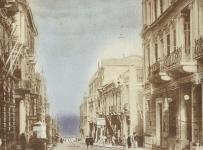 | 1.1 Candia under the Venetian occupation | |
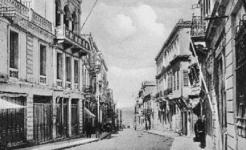 | 1.2 The public buildings | |
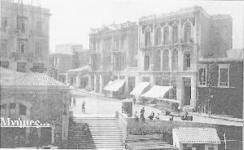 | 1.2.1 Ruga Magistra (Maistra) | |
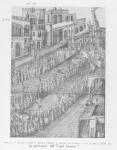 | 1.2.2 The Ducal Palace | |
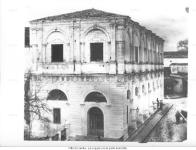 | 1.2.3 The Venetian Loggia | |
 | 1.2.4 The Warehouse for the Cereals (Fondaco) | |
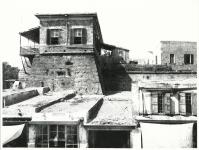 | 1.2.5 The Gate “Voltone” | |
 | 1.3 The orthodox churches | |
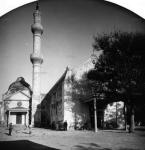 | 1.3.1 St. Catherine of Sinai | |
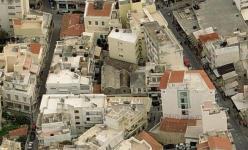 | 1.3.2 Saint Anastasia | |
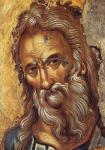 | 1.3.3 The Church of St. Mathew, dependency of Sinai | |
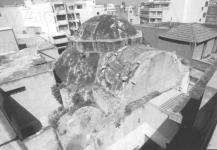 | 1.3.4 St. Onouphrios | |
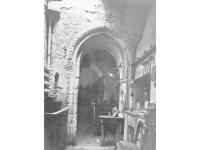 | 1.3.5 Virgin of the Angels (Santa Maria degli Angelis in Beccharia) | |
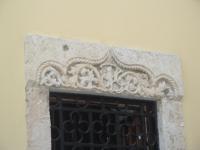 | 1.3.6 Church of the Virgin Pantanassa (southern aisle of the old Metropolis / old church of St. Menas) | |
 | 1.4 The Latin Churches | |
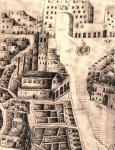 | 1.4.1 The basilica of St. Marc (ducal church) | |
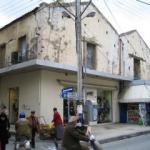 | 1.4.2 The church of Saint John the Baptist | |
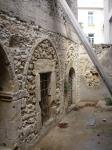 | 1.4.3 Saint Paul of the Servites (Servants of Mary) | |
 | 1.4.4 The monastery of St. Francis of the Franciscans | |
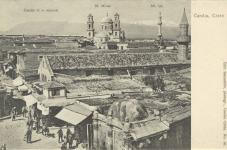 | 1.4.5 Santa Maria di Piazza (Madonina) | |
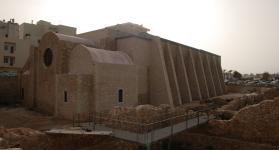 | 1.4.6 The Monastery of St. Peter of the Dominicans | |
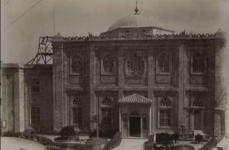 | 1.4.7 The Church of St. Titus (Latin Archdiocese) | |
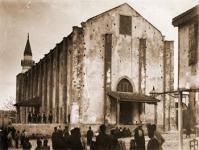 | 1.4.8 The church of San Salvatore | |
 | 1.5 The fountains and hydraulic works | |
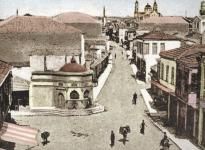 | 1.5.1 The Fountain of the Ruga Panigra (Strata Larga) | |
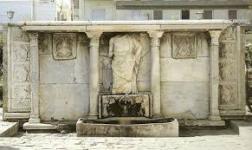 | 1.5.2 The Bembo fountain | |
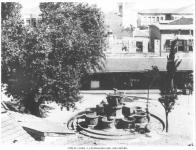 | 1.5.3 The Morozini Fountain | |
 | 1.5.4 The Priuli fountain | |
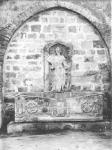 | 1.5.5 The Sagredo fountain |